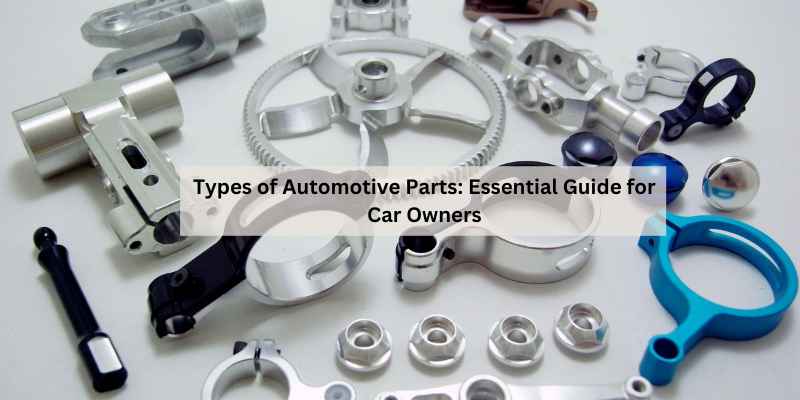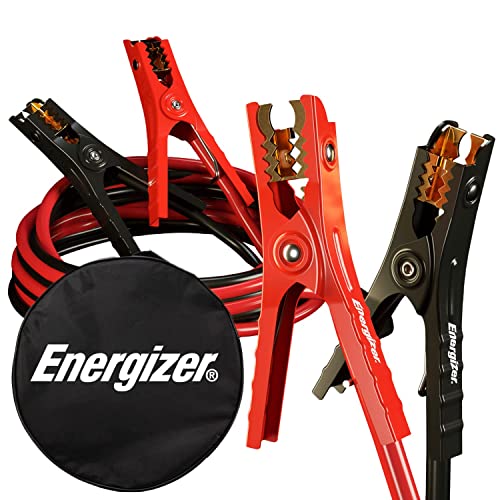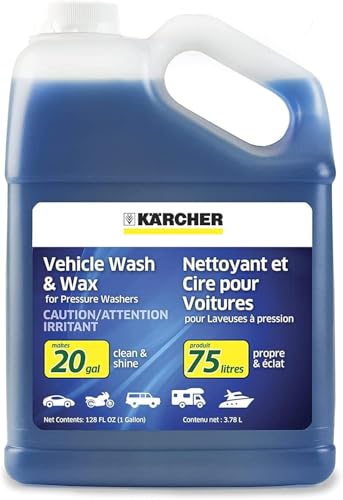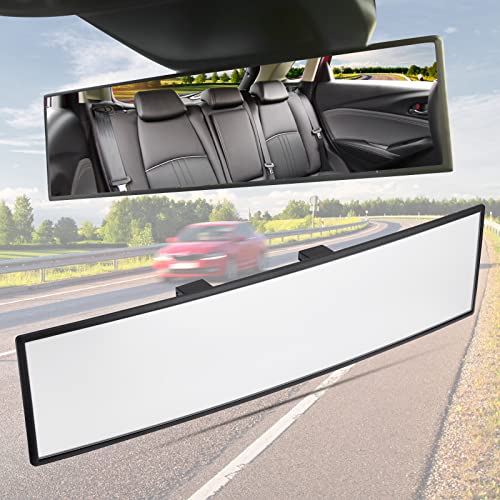Types of Automotive Parts: Essential Guide for Car Owners
Automotive parts include brakes, steering system, transmission, battery, engine, alternator, muffler, air filter, and axle. These parts are essential for the proper functioning of a vehicle, ensuring safety and performance on the road.
From the engine as the heart of the car to the brakes that enable stopping power, each part plays a crucial role in the overall operation of an automobile. Understanding the various types of automotive parts and their functions is vital for car enthusiasts and everyday drivers alike.
Whether it’s the chassis, transmission system, or body components, each part contributes to the smooth operation of a vehicle. Let’s delve deeper into the world of automotive parts and explore their significance in maintaining and enhancing vehicle performance.
Introduction To Car Parts
Discover the essential components that power your vehicle, including the engine, transmission, battery, alternator, and more. From the heart of the car, the engine, to the braking system and steering components, each part plays a crucial role in keeping your vehicle running smoothly.
As a car owner, it’s important to have a basic understanding of the different types of automotive parts that make up your vehicle. From the engine to the brakes, each part plays a crucial role in ensuring your car operates efficiently and safely. In this post, we’ll explore the different types of car parts and their importance for car owners.
Types Of Parts
There are various types of automotive parts that are categorized based on their function. Some of the common types of parts include:
- Engine parts: These are the parts that make up the heart of your car, including the pistons, cylinders, crankshaft, and camshaft.
- Transmission parts: These are responsible for transmitting power from the engine to the wheels, including the gearbox, clutch, and driveshaft.
- Steering and suspension parts: These parts help you control the car’s direction and provide a smooth ride, including the shocks, struts, ball joints, tie rod ends, and steering rack.
- Brake parts: These are responsible for stopping the car, including the brake pads, rotors, calipers, and brake lines.
- Electrical parts: These are responsible for powering the car’s electrical systems, including the battery, alternator, and starter motor.
- Exhaust and muffler parts: These help to reduce noise and emissions, including the exhaust manifold, catalytic converter, and muffler.
- Body and interior parts: These parts make up the exterior and interior of the car, including the doors, windows, seats, and dashboard.
Importance For Car Owners
As a car owner, it’s important to understand the different types of car parts and their functions. This knowledge can help you identify potential problems with your vehicle and make informed decisions when it comes to maintenance and repairs. For example, if you notice your brakes are starting to feel spongy, you may need to replace the brake pads or rotors. By having a basic understanding of car parts, you can communicate more effectively with your mechanic and ensure your car is running smoothly.
Engine Components
When it comes to the intricate workings of a vehicle, the engine components play a vital role in ensuring smooth operation. Let’s delve into two key aspects of engine components: Cylinder Block and Pistons, and Fuel Injection System.
Cylinder Block And Pistons
The cylinder block serves as the foundation of the engine, housing the cylinders where combustion takes place. Pistons, on the other hand, move up and down within the cylinders, converting energy from fuel into mechanical motion.
Fuel Injection System
The fuel injection system is responsible for delivering the right amount of fuel to the engine cylinders. It plays a crucial role in optimizing fuel efficiency and engine performance by precisely controlling the fuel-air mixture.
Transmission Essentials
When it comes to the smooth operation of a vehicle, the transmission system plays a crucial role. Understanding the basics of transmission is essential for every car owner. From the choice between automatic and manual transmissions to the necessary maintenance, let’s delve into the transmission essentials.
Automatic Vs Manual
- Operates with a torque converter
- Offers seamless gear shifts
- Requires less driver input
- Utilizes a clutch pedal and gear stick
- Provides better control for performance driving
- Tends to be more fuel-efficient
Transmission Maintenance
Maintaining the transmission system is crucial for the longevity of a vehicle.Regular maintenance ensures a smooth and efficient operation. Here are some essential maintenance tasks:
- Fluid Check: Regularly inspect transmission fluid levels and quality
- Filter Replacement: Replace the transmission filter at recommended intervals
- Seal Inspection: Check for leaks and replace worn-out seals
- Driving Habits: Practice smooth driving to reduce wear and tear on the transmission
Fuel And Ignition Systems
When it comes to the functionality of a vehicle, the fuel and ignition systems play a crucial role in ensuring smooth operation. The fuel system is responsible for supplying the engine with the necessary fuel, while the ignition system ignites the fuel to power the engine. Let’s delve into the key components of these systems.
Fuel Tank And Filter
The fuel tank is the reservoir that stores the fuel required to power the vehicle. It is typically located at the rear of the vehicle, and its capacity varies depending on the vehicle’s make and model. The fuel filter is a critical component that ensures the fuel entering the engine is free from contaminants that could potentially damage the engine. It effectively filters out impurities and prevents them from reaching the engine.
Ignition Process And Spark Plugs
The ignition process is the sequence of events that occur to ignite the fuel in the engine’s combustion chamber. This process is initiated by the spark plugs, which play a pivotal role in igniting the fuel-air mixture. The spark plugs produce an electric spark that ignites the compressed fuel-air mixture, thereby starting the engine.
Cooling And Lubrication
Cooling and lubrication play vital roles in maintaining the optimal performance and longevity of automotive components. The cooling system prevents the engine from overheating, while the lubrication system ensures that moving parts operate smoothly. In this section, we will delve into the functions of the radiator and engine lubricants.
Radiator Function
The radiator is a crucial part of the vehicle’s cooling system. It works by transferring heat away from the engine to maintain the ideal operating temperature. The radiator contains a series of tubes and fins that facilitate the dissipation of heat, supported by a network of hoses and a coolant pump. As the engine heats up during operation, the coolant absorbs the heat and flows to the radiator, where it releases the heat into the surrounding air. This continuous cycle ensures that the engine operates within the optimal temperature range, preventing overheating and potential damage.
Engine Lubricants
Engine lubricants, commonly known as motor oil, serve a critical function in the operation of internal combustion engines. They reduce friction between moving parts, preventing wear and tear while facilitating smooth operation. Engine lubricants also aid in dissipating heat generated by friction, contributing to the overall cooling of the engine. Furthermore, they help to seal gaps between components, maintaining optimal compression and preventing the entry of contaminants. Regular maintenance of the lubrication system, including oil changes at recommended intervals, is essential for preserving engine performance and longevity.
Electrical Components
When it comes to the electrical components of a vehicle, there are several key parts that play crucial roles in ensuring proper functionality. From powering the vehicle to charging the battery, electrical components are essential for the smooth operation of a car.
Battery Basics
The battery is a vital component of a vehicle’s electrical system. It stores electrical energy and provides the power necessary to start the engine and operate various electrical accessories when the vehicle is not running. Regular maintenance and inspection of the battery are essential to ensure its longevity and proper function.
Alternator’s Role
The alternator is responsible for generating electrical power to recharge the battery and power the electrical system when the engine is running. It works in conjunction with the battery to supply power to various electrical components and accessories. Proper functioning of the alternator is crucial for maintaining the electrical systems of the vehicle.
Suspension And Steering
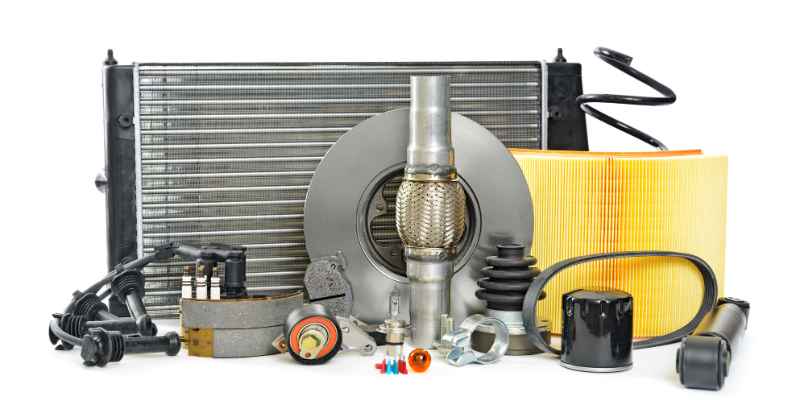
When it comes to the smooth operation of a vehicle, the suspension and steering play crucial roles in ensuring stability and control while driving.
Shock Absorbers
Shock absorbers are essential components of a car’s suspension system that help dampen the impact of bumps and uneven road surfaces, providing a comfortable ride for passengers.
Steering Mechanism
The steering mechanism of a vehicle includes various components such as the steering column, rack and pinion system, and tie rod ends that work together to control the direction of the vehicle.
Braking System
The braking system is a crucial component of a vehicle’s safety, comprising disc brakes, drum brakes, and anti-lock braking systems (ABS). These parts work together to slow or stop the vehicle when needed, ensuring safe and efficient driving.
The braking system is one of the most important systems in a vehicle. It is responsible for slowing down or stopping the vehicle when necessary. The braking system consists of various components, including the brake pads, brake rotors, brake calipers, and brake lines. In this section, we will discuss the different types of brakes and some brake maintenance tips.
Types of Brakes
There are two main types of brakes: disc brakes and drum brakes. Disc brakes are more commonly used in modern vehicles because they provide better stopping power and are more efficient in dissipating heat. Disc brakes consist of a rotor, caliper, and brake pads. When the brake pedal is pressed, the caliper squeezes the brake pads onto the rotor, which slows down or stops the wheel from spinning.
Drum brakes, on the other hand, are less efficient and less commonly used. They consist of a brake drum, shoes, and wheel cylinders. When the brake pedal is pressed, the shoes press against the inside of the brake drum, which slows down or stops the wheel from spinning.
Brake Maintenance Tips
Regular brake maintenance is crucial to ensure the braking system works properly and reliably. Here are some brake maintenance tips:
– Check the brake pads and rotors regularly for wear and tear. Replace them if they are worn out.
– Keep the brake fluid level in the reservoir at the proper level. Brake fluid is hygroscopic, meaning it absorbs moisture over time, which can lead to corrosion and reduced braking performance.
– Bleed the brake system regularly to remove air bubbles that can cause spongy brakes.
– Have the brake system inspected by a professional mechanic at least once a year.
In conclusion, the braking system is a critical component of a vehicle that requires regular maintenance to ensure reliable performance. By understanding the different types of brakes and following some basic maintenance tips, you can keep your brakes in top condition and stay safe on the road.
Exhaust System Overview
The exhaust system is an essential component of a vehicle that plays a crucial role in removing harmful gases and reducing noise. It consists of several parts that work together to ensure the smooth and efficient operation of the vehicle.
Components Of Exhaust System
The exhaust system comprises several key components that work together to remove exhaust gases from the engine and minimize their impact on the environment. These components include:
- Exhaust Manifold
- Catalytic Converter
- Exhaust Pipes
- Muffler
- Exhaust Tailpipe
Importance Of Catalytic Converter
The catalytic converter is a crucial part of the exhaust system that plays a significant role in reducing harmful emissions. It converts toxic pollutants in the exhaust gas into less harmful substances before releasing them into the atmosphere, thereby helping to reduce air pollution and minimize the environmental impact of vehicle emissions.
Understanding The Chassis
Chassis Functions
A vehicle’s chassis provides structural support and serves as the foundation for all other components.
Materials And Design
The chassis is typically made of steel, aluminum, or carbon fiber, designed to withstand various road conditions.
Car Body Elements
When it comes to automobiles, one of the crucial aspects is the car body elements. These elements not only contribute to the aesthetics of a vehicle but also play a significant role in its functionality and performance.
Types Of Car Bodies
Car bodies come in various types, each designed for specific purposes such as sedan, coupe, SUV, hatchback, convertible, and more. The type of car body not only affects the vehicle’s appearance but also influences its aerodynamics and overall performance on the road.
Aerodynamics And Design
Aerodynamics and design play a vital role in the efficiency and performance of a vehicle. The shape, curves, and contours of a car body are meticulously crafted to minimize drag, enhance stability, and improve fuel efficiency. By focusing on aerodynamics and design, automakers aim to create vehicles that not only look sleek but also deliver optimal performance on the road.
Maintenance And Replacement
When To Replace Parts
Regularly check for wear and tear on automotive parts to ensure optimal performance.
Finding Quality Replacement Parts
When replacing parts, prioritize quality to maintain the longevity of your vehicle.
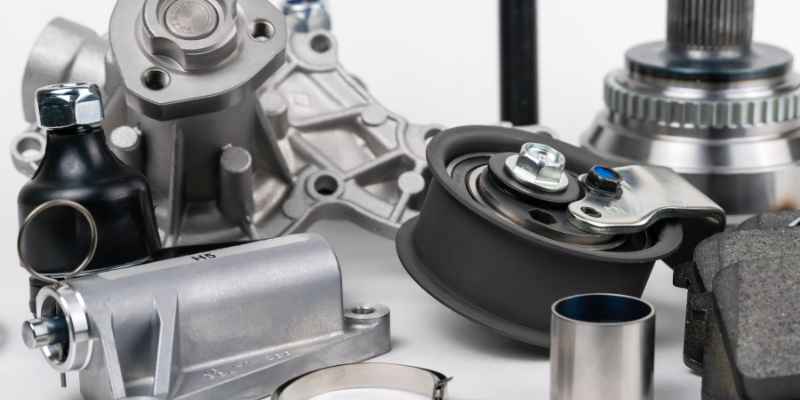
Frequently Asked Questions
What Are The Automotive Common Parts?
Automotive common parts include brakes, steering system, transmission, battery, engine, alternator, muffler, air filter, and axle. These components make up the basic parts of a car, including the chassis, body, and electrical system. From the smallest fasteners to the largest body panels, auto parts range in size and function.
What Are The Main Automotive Parts?
The main automotive parts include the engine, transmission, battery, brakes, steering system, suspension, cooling system, and electrical components.
What Are The 4 Main Parts Of A Car?
The four main parts of a car are the engine, transmission, chassis, and body. These components work together to power the vehicle and provide structural support.
What Are Automotive Parts?
Automotive parts are the components and systems that make up a vehicle, from the engine to the smallest fasteners.
Conclusion
Understanding the various automotive parts is crucial for car owners and enthusiasts. From the engine to the brakes, each component plays a vital role in the vehicle’s functionality. Knowing the basics of these parts can help maintain a car’s performance and ensure safe driving experiences.

